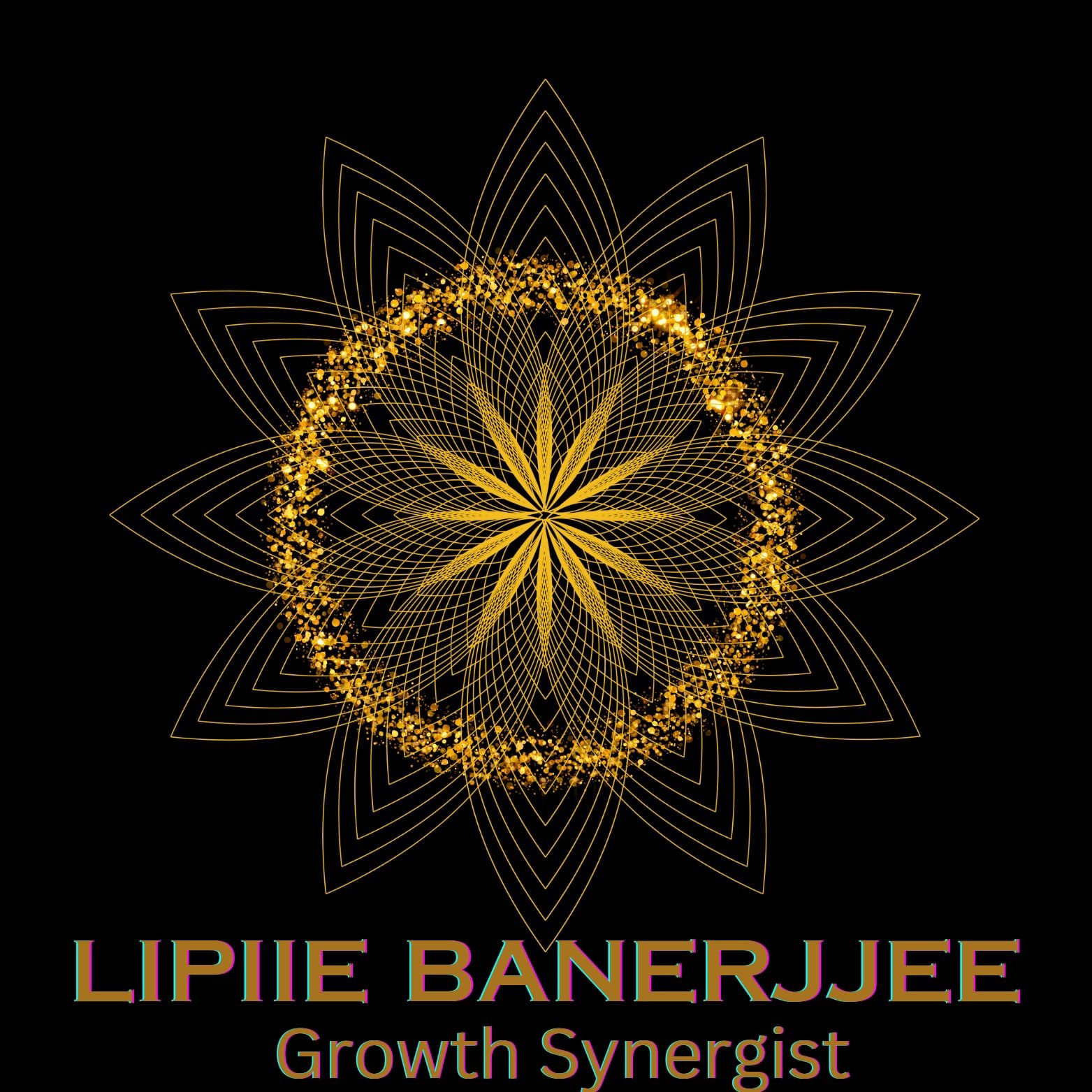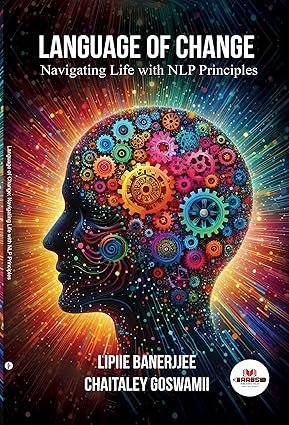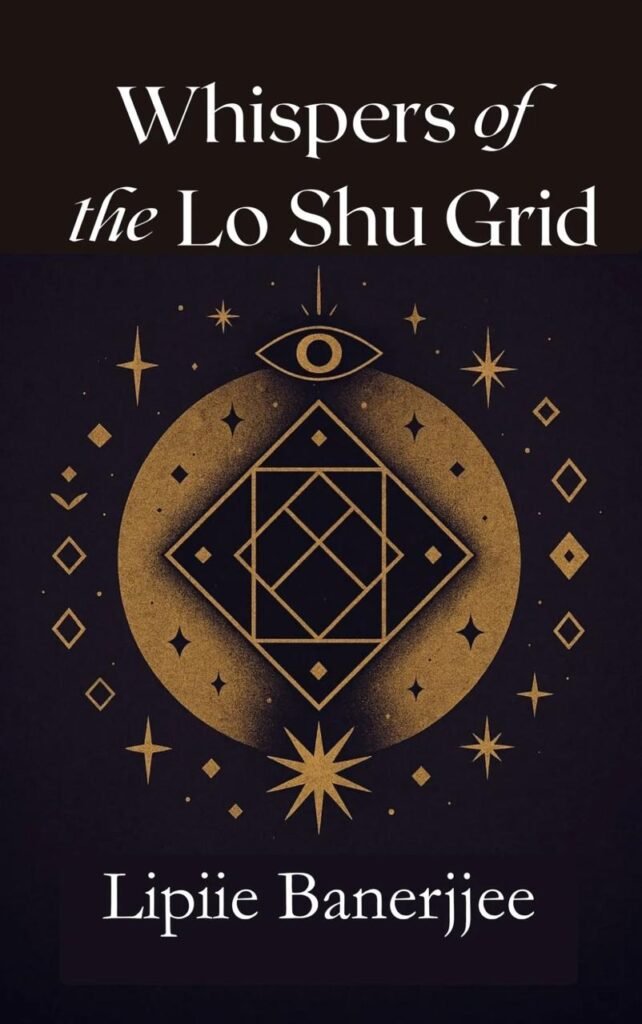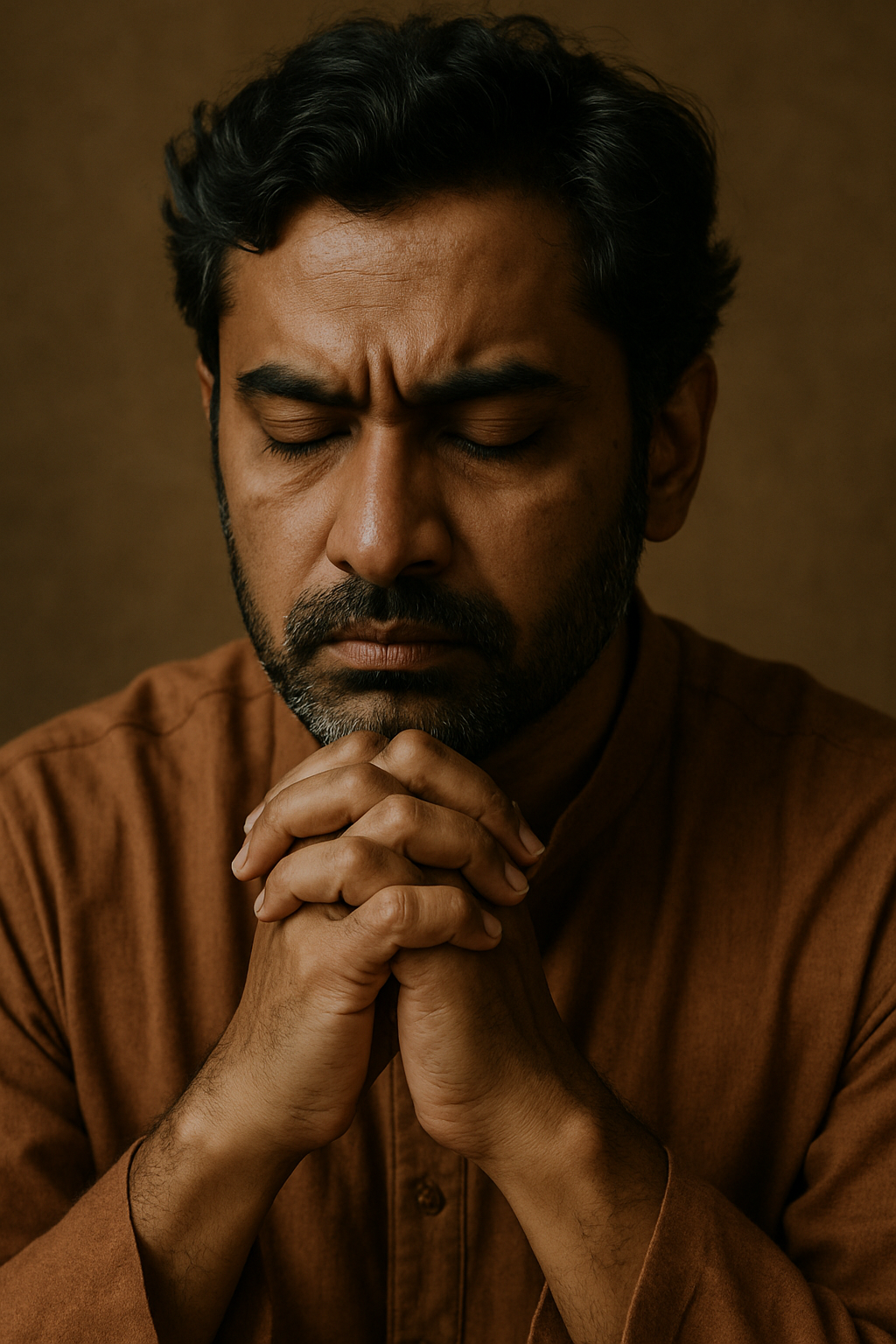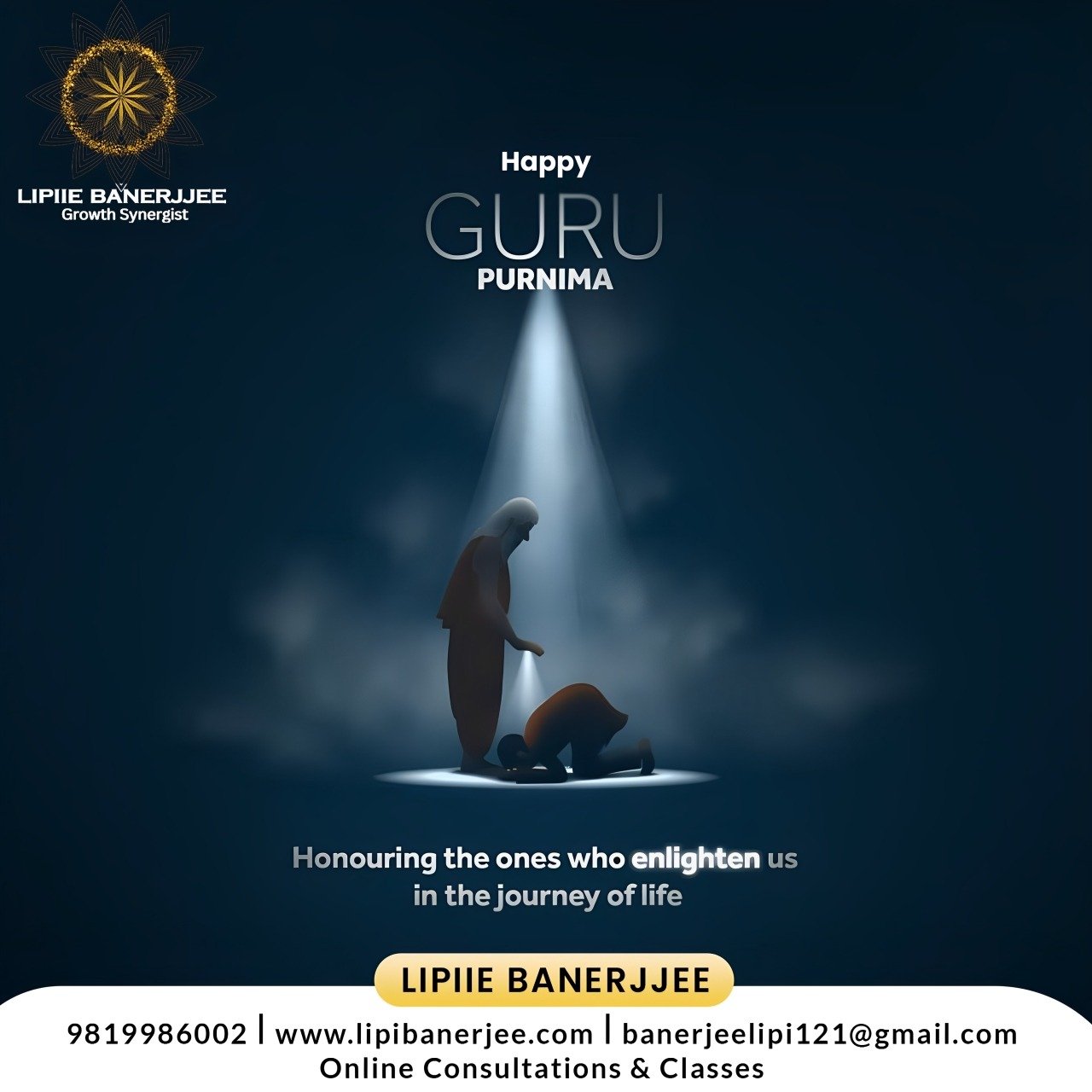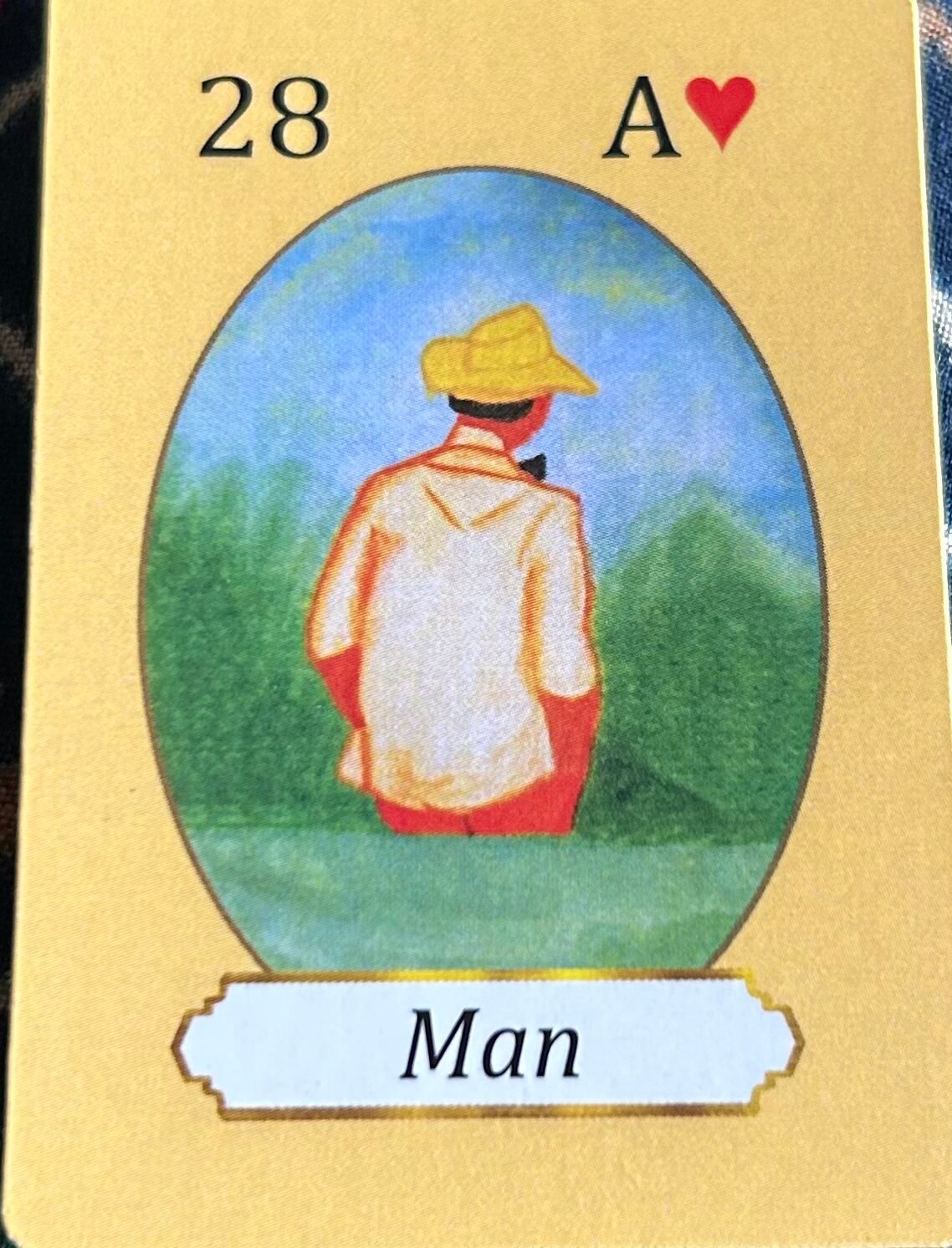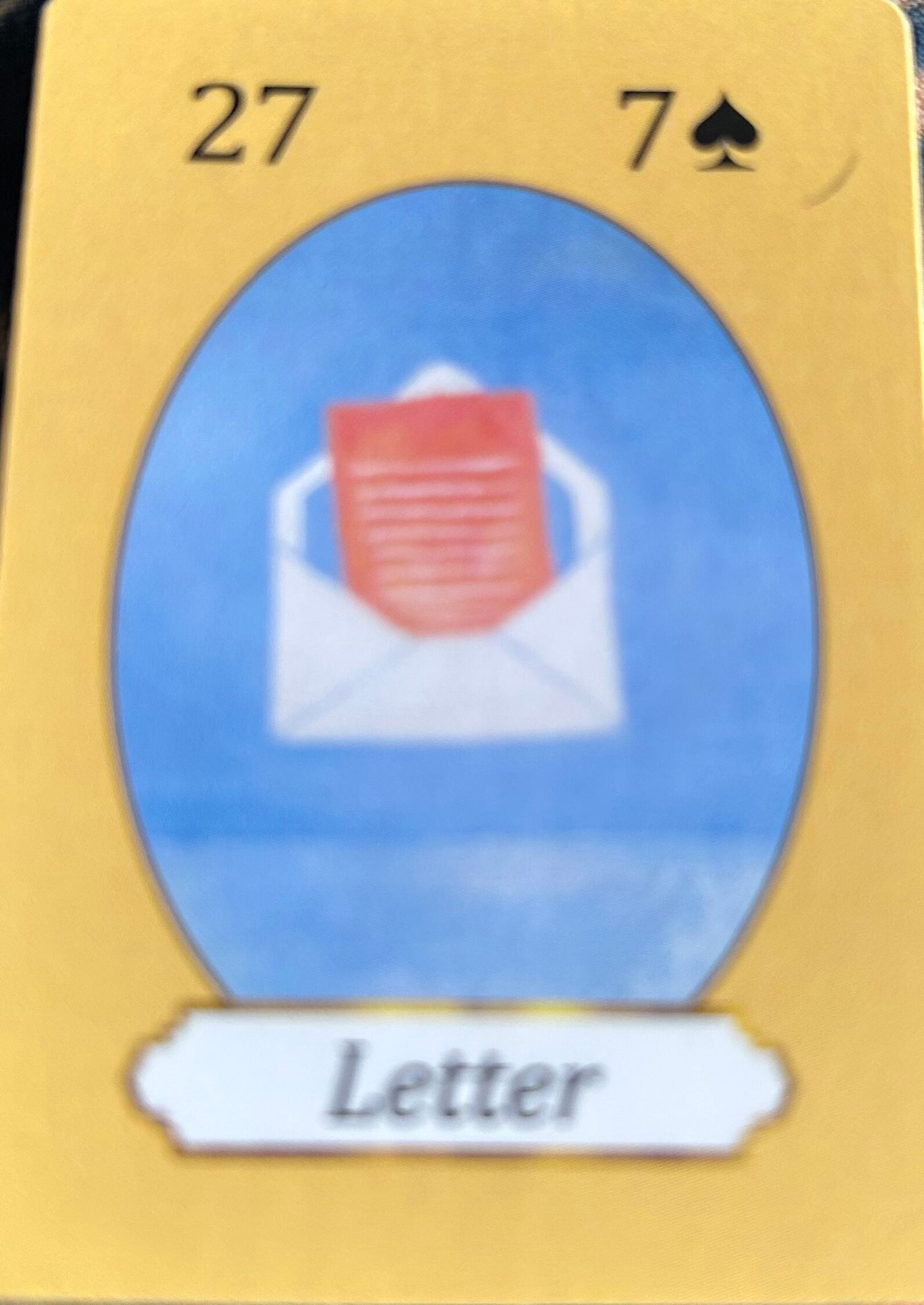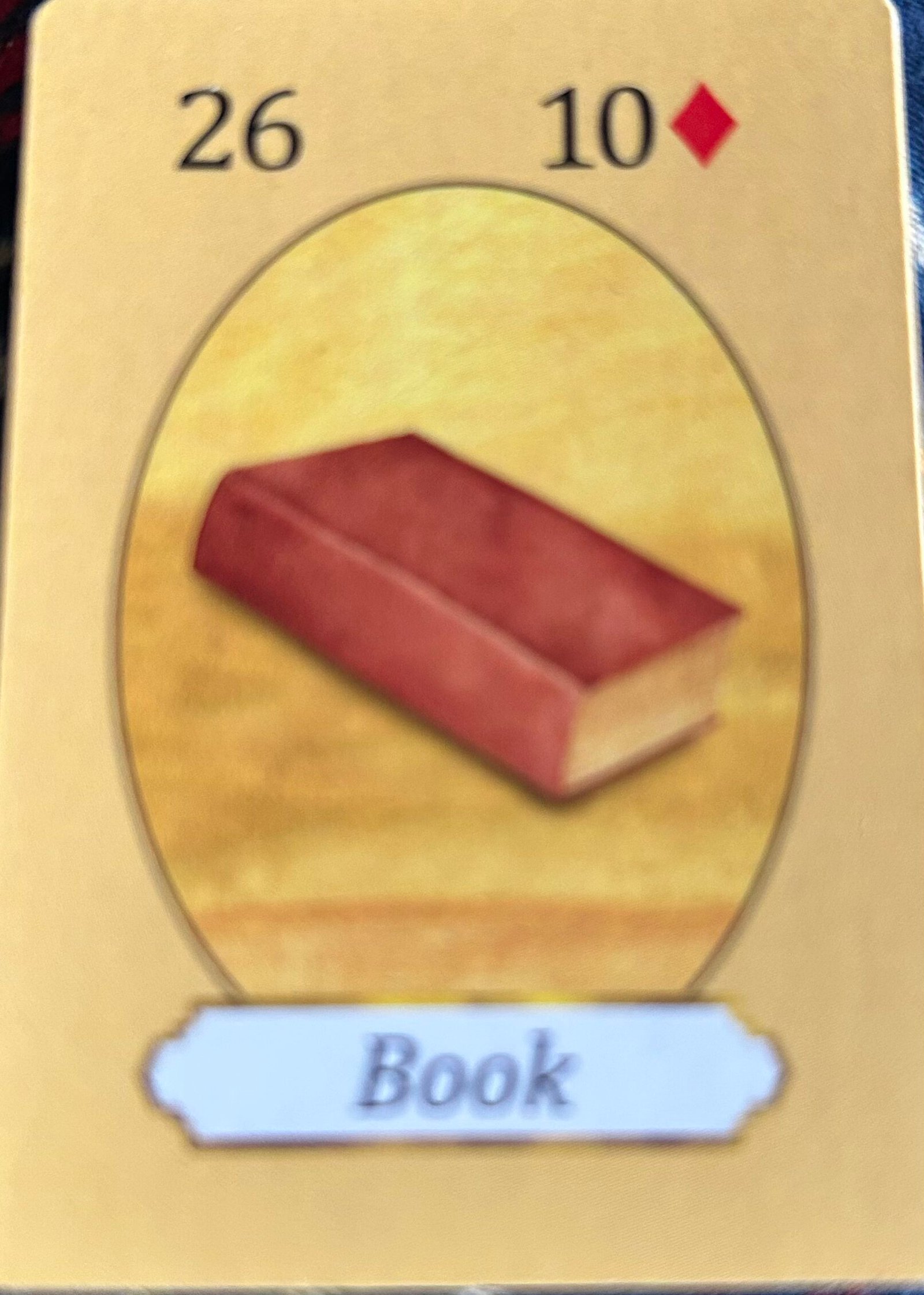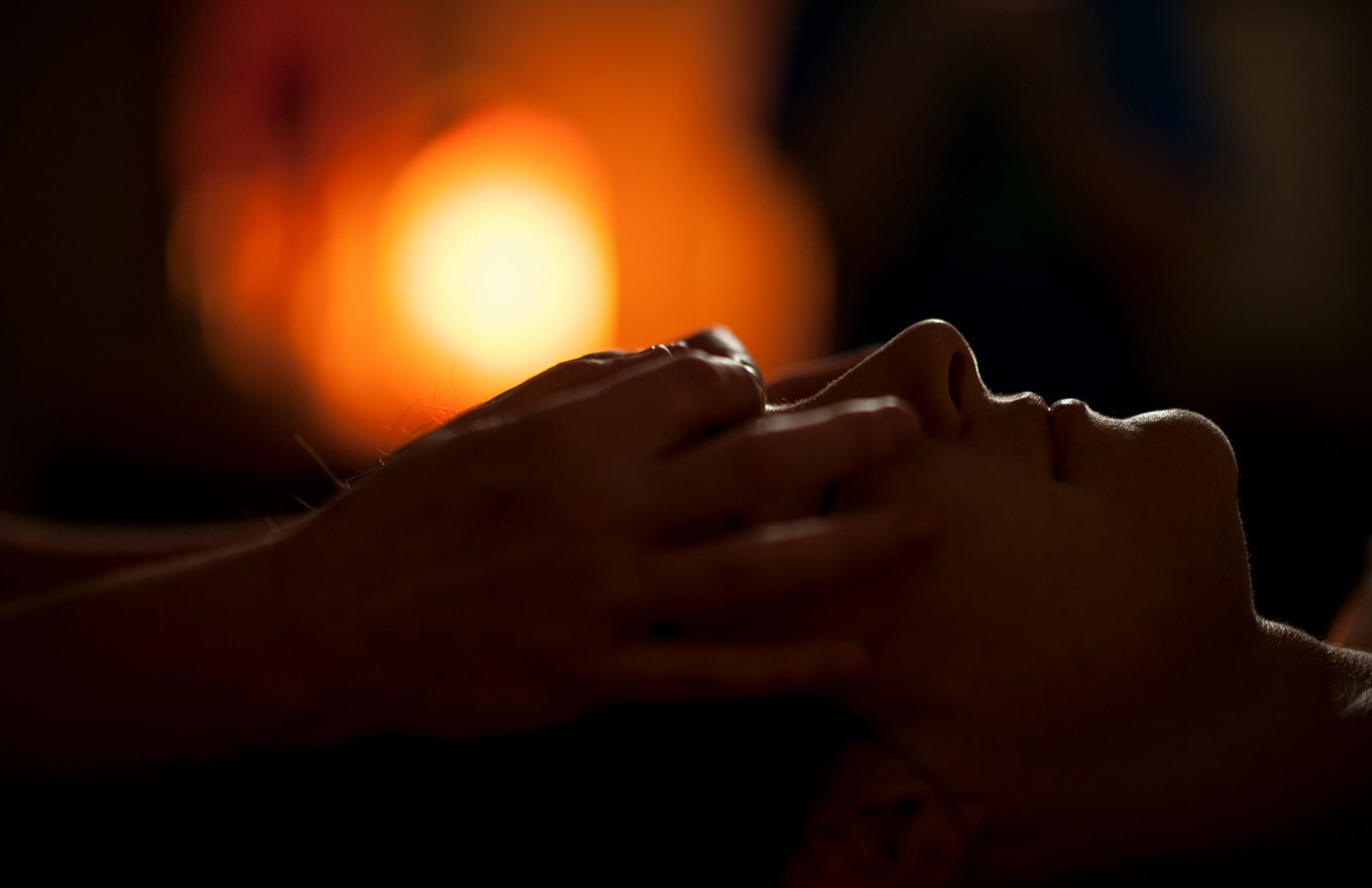Mahashivratri, which means “The Great Night of Shiva,” is one of the most important Hindu holidays. It is held in honor of Lord Shiva. Today is the 14th night of the lunar month of Phalguna, which runs from February to March. It is the night before the new moon. People who worship Shiva fast, repeat his names, and stay awake all night to meditate and show their love.
The festival has many stories, each showing a different side of Lord Shiva’s holy nature, cosmic dance, and kindness. Some of the most well-known legends about Mahashivratri are shown below.
- Shiva and Parvati’s marriage. One of the most well-known stories says that Mahashivratri is when Lord Shiva and Goddess Parvati get married.
After Sati, Shiva’s first wife, set herself on fire, Lord Shiva went into deep meditation. The gods were afraid that the world would become out of order without Shiva. Sati came back to life as Parvati, the daughter of the Himalayas, and she was meant to get back together with Shiva.
Parvati did penance for years to win Shiva’s love. Lord Shiva finally agreed to marry her after seeing how devoted she was. They got married on the night of Mahashivratri. Because of this, many followers observe this fast. Most of these followers are women. They pray for marriage happiness and Lord Shiva’s blessings.
- The Legend of Neelkanth: Shiva Drinking Poison: Mahashivratri is linked to the famous story. In this, Shiva “saves the universe from destruction” during the “Churning of the Ocean.”
The “Devas” (gods) and “Asuras” (demons) stirred up the ocean to get “Amrit,” or the “nectar of immortality.” During this process, a poison called “Halahala” came to the surface. This poison was so strong that it could wipe out the whole universe.
Lord Shiva drank the poison by holding it in his mouth instead of swallowing it. He did this to save the world. In honour of the colour blue that it made his throat, people called him Neelkanth, which means “the Blue-Throated One.” All through the night, the gods and goddesses chanted and prayed to Shiva to protect him from the poison.
So, staying awake on Mahashivratri is a sign of this unending dedication to Shiva and vigil.
- The Night of Shiva’s Cosmic Dance. It is also known as Tandava.
His cosmic dance represents the making, keeping, and ending of the world.
“The Story”
Lord Shiva is said to dance in “ecstatic joy” on this night, which stands for the “continuous cycle of existence.” People believe that the rhythm of his Tandava dance keeps the universe in order.
On this night, a lot of people who worship Shiva perform the Shiva Tandava Stotra, play the damaru (Shiva’s drum), and sing religious songs.
- The Story of the Hunter and the Bilva Leaves
A beautiful but less well-known story exists. It is about a hunter named Suswara. He adored Shiva In doing so, he found freedom.
The story goes that Suswara was a poor hunter who climbed a Bilva tree (which is holy to Shiva) one night to hunt animals. He picked up some Bilva leaves by accident and let them fall on a Shiva Lingam that was under the tree.
At dawn, Lord Shiva showed up in front of him and gave him divine knowledge and freedom. This story shows that even unintentional loyalty to Shiva can make you feel better spiritually.
- The Twelve Jyotirlingas and Shiva’s Self-Manifestation
Mahashivratri connects to the twelve most holy places in India. These sacred sites are dedicated to Shiva.
The story goes that Lord Shiva appeared as an “infinite pillar of fire” (Jyotirlinga). He did this to settle a fight between Lord Brahma and Lord Vishnu. They were arguing over who was the most important. Shiva told them that they had to find the beginning and end of the fire.
“Vishnu” changed into a “boar” and went underground to find the camp.
- Brahma changed into a swan and flew up to the top.
They both failed to find the limits of Shiva’s shape, which proved that Shiva was limitless and eternal. People think that the Jyotirlingas are manifestations of this form of Shiva that lives in space.
Why Mahashivratri is Important
People believe that Mahashivratri is a time for spiritual awakening, self-discipline, and dedication. To connect with Lord Shiva, people do the following rituals:
Number 1: Fasting (Vrat)
People who follow the religion fast all day and night, only eating veggies, milk, and water. Fasting is a sign of “self-purification and devotion.”
- Staying Awake All Night (Jagran): Staying awake means being alert, aware, and dedicated. This is similar to how the gods stayed awake when Shiva ate poison.
Offering Bilva Leaves and Water on Shiva Lingam: The Bilva leaf is holy to Shiva. People think that offering it will bring good luck. It is also believed to grant forgiveness for past sins.
- Repeating “Om Namah Shivaya” continuously. When a devotee says this strong mantra, their energy is aligned with Shiva’s divine vibrations. This brings them peace and strength within.
- Going to Shiva Temples: Many followers visit temples for “Abhishek.” This ritual involves bathing the Shiva Lingam with milk, honey, curd, ghee, and holy water.
